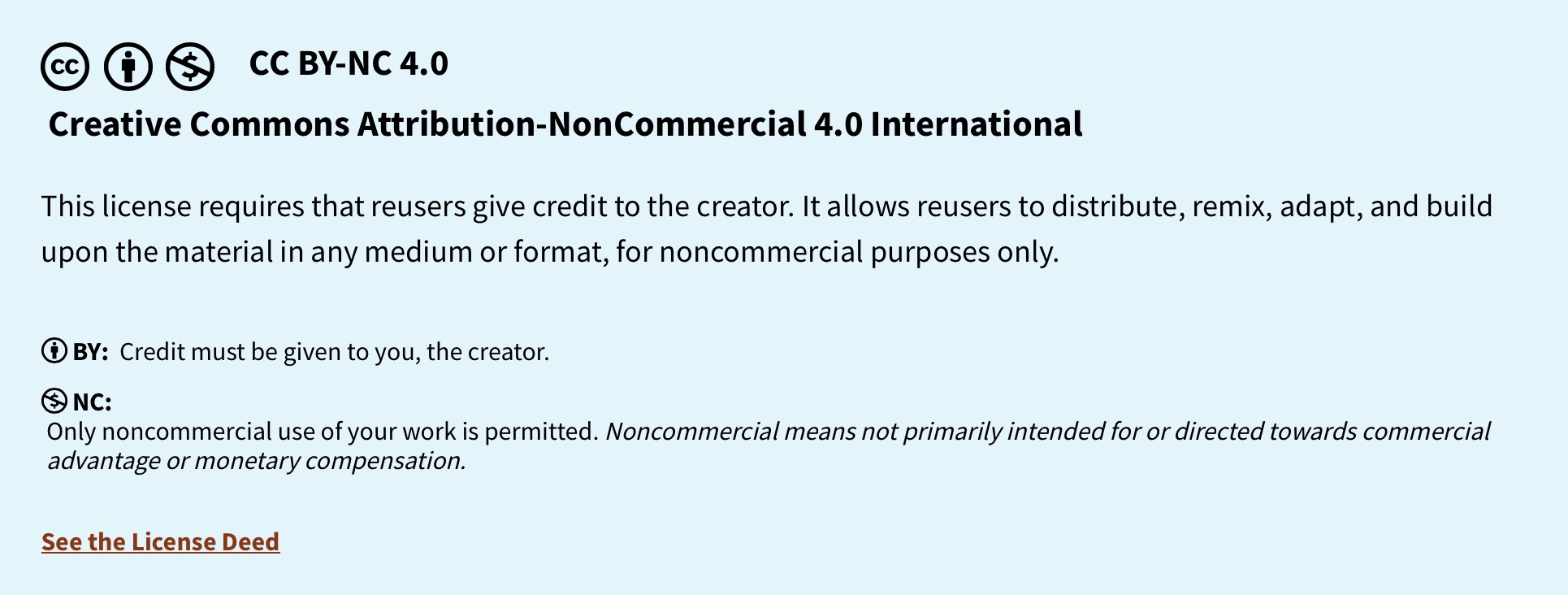Week 18. Invention, Intellectual Property, and Income
Dissemination plan for the project....

Assignment
Develop a plan for dissemination of your final project
Complete your final project, tracking your progress:
what tasks have been completed, and what tasks remain?
what's working? what's not?
what questions need to be resolved?
what will happen when?
what have you learned?
Useful links
Creative Commons - https://creativecommons.org
Develop a plan for dissemination of your final project
Open Source Licensing and Documentation
I plan to open source the project using the Creative Commons licence - the project will be hosted on this website and can be used in the future as a development platform for others to create projects that require the use of a Stewart platform.
Technical Documentation Strategy
- Complete Documentation Package: Create comprehensive documentation including assembly instructions, wiring diagrams, calibration procedures, and troubleshooting guides
- Code Repository: Host the Arduino code and inverse kinematics algorithms on GitHub with detailed comments and usage examples
- CAD Files: Provide downloadable Fusion 360 files with proper assembly structure and manufacturing notes
- Bill of Materials: Create a detailed BOM with supplier information and alternative component options
Educational Outreach
- Fab Academy Network: Share the project through the global Fab Academy community for potential replication in other fab labs
- Local Maker Spaces: Present the project at local maker spaces and technology meetups
- Educational Institutions: Offer the project as a learning resource for robotics and mechatronics courses
- Workshop Development: Create workshop materials for teaching Stewart platform principles and applications
Community Engagement
- Online Platforms: Share project updates and progress on platforms like Hackaday, Instructables, and Reddit's r/robotics
- Social Media: Create demonstration videos and share on YouTube, Instagram, and LinkedIn
- Open Source Hardware Community: Submit the project to open source hardware directories and databases
- Collaboration Opportunities: Seek partnerships with other makers and researchers working on similar motion control systems
Future Development and Scaling
- Commercial Applications: Explore potential commercial applications in camera stabilisation, 3D printing, and precision positioning systems
- Research Collaboration: Partner with academic institutions for research into advanced motion control algorithms
- Product Development: Consider developing a kit version for educational and hobbyist markets
- Technology Transfer: Document the technology transfer process for potential licensing opportunities

Complete your final project, tracking your progress:
Below is the final presentation slide and video - I have also included a download link for project files in Autodesk Fusion format.
This was the working file in all its original product development splendour - it really needs to be re-built from the ground up to make a cleaner assembly - I will endeavour to do that at some point in the future.

File download link - Steady Top - Stewart platform
At this point I made the decision to use the F board I made in electronics production week to get the project operational - I have run out of time to get something bespoke produced on time. This is something I will return to later.
I'm getting there with the final project - I just need to get the final code working correctly
What tasks have been completed, and what tasks remain?
Completed tasks
I have successfully built a self-levelling Stewart platform that will stay level while on the move.
During the development and testing process I created the inverse kinematics that allows manual control of the platform - this was done with the help of Cursor AI.
I also created the code that keeps the platform steady - again with the help of Cursor AI - this code ultimately didn't need the inverse kinematics code to function because it was using a PID loop to keep the top platform steady.
I successfully implemented the F board I produced to run the Stewart platform - I will in the future create a new dedicated PCB board for this project - but it works well for now.
I believe I have created a Stewart platform - which in itself can be a platform to explore other possibilities and uses for the motion control system.
Product assembled - and initial testing completed
Final refinement of the code
Lock the hexapod legs into place -
Film and edit final video
Produce final project slide
Tasks that remain
Get the final code working correctly
produce a new PCB for the project
Re-do the wiring between the 'F' board and the BNO085 and the servo driver and find and better cable connection system.
What's working? What's not?
The stabilisation code needs to be finalised and final system integration needs to be done!!
What questions need to be resolved?
Can this system be scaled up to hold a full size printer - are the servos a practical solution for this type of system in its intended final form?
What will happen when?
I need to get the final code working correctly and then I can start to think about the next steps.
If the small unit performs as I would expect then I would like to attempt a larger scale version to test in the back of the technology van
What have you learned?
I have learned a lot about the hexapod and the code that controls it, an extensive amount about PCB design and production. I've learned a lot about coding using the Arduino IDE.
I have also learned a lot about AI and probably would have struggled a lot with the coding had I not used it!!
The biggest take away however is probably documenting as you go - I have to admit this is still a work in progress - in terms of getting it down in text when it happens - but I will endeavour to continue improving this in future projects. It seems to be a skill that can always be improved.